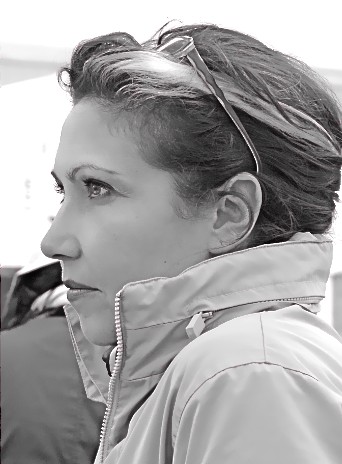
Losing the Compass
Textiles and weaving, with a twist
Losing the Compass is a group exhibition curated by Scott Cameron Weaver and Mathieu Paris at White Cube Mason’s Yard, London. A selection of masterpieces focused on the rich symbolism of textiles and the political, social, and aesthetic significance of both art and craft.
Textiles can be poetic as well as subversive. It is a medium that works on a metaphorically charged network of threads and stitches. And it’s no accident that giants like Mona Hatoum, Mike Kelley, Sergej Jensen, Sterling Ruby, Rudolf Stingel, Danh Vo, and Franz West, not to mention Alighiero Boetti, have all created unpredictable compositions that visibly register — together with the action of making — the complex interlacing of our contemporary social triumphs and disasters.
Losing the compass refers to the sentence PERDERE LA BUSSOLA, which Alighiero Boetti interwove within a grid of colourful squares, compliments of a community of female Afghan embroiderers in the 1980s and 90s, combining the political, democratic, and rigorous elements of Arte Povera with the dichotomy of order and disorder. A compass, as a reference to a pursued order, is found in the series of quilts made collectively by the Amish and Gee’s Bend communities in the U.S. during the late 19th and early 20th century. The intricate, vibrantly coloured geometric compositions by African American women in Gee’s Bend, a remote, isolated area of Alabama, incorporate worn bits of clothing and textiles in a spontaneous way, while the selection of quilts produced by the Amish community in Pennsylvania displays a restrained palette and strict, symmetrical compositions. The quilts by both communities dis- play how textiles, born out of necessity, provided a creative outlet for generations of women.
Between the so-called East and West, collaborations and political themes continue in the work of Danh Vo, who has produced an installation that focuses on the often bloody history of Christian colonial- ism. Working with weavers in Mexico, Vo’s series of blood red rugs are dyed with cochineal, a substance highly prized by the Conquistadores and as valuable as gold, tracing how colour relates to economy, fashion, and ideology. In his series of Carpet works, Car- pet #3 and Carpet #5 (both 2003), Mike Kelley used the carpet as a surface for abstract paintings that deftly allude to the domestic and quotidian world. References to the domestic also reign in Rudolf Stin- gel’s conceptual paintings. With their overall patterns, carved in relief, Stingel’s de-centred compositions question the act of looking and regard the edge of the painting as the visual limit.



